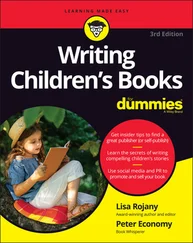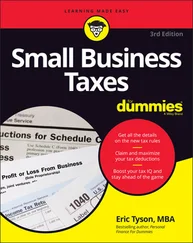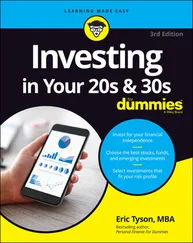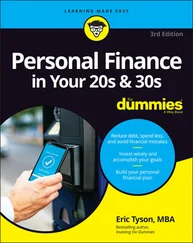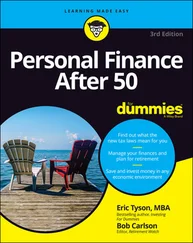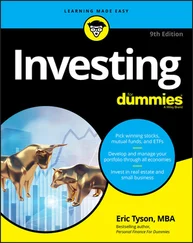The same goes for the circular economy. We can know that it’s better for us in the long run, but that doesn’t mean we’re going to pick it. To motivate the businesses, manufacturers, and governments responsible for shaping the economy, the financial benefits will need to be stronger than those offered by the linear economy. Don’t misunderstand us: There are advantages and disadvantage to both the circular and linear economic structures, but only one pathway leads to a healthier future for not only you but the rest of the world as well.
If you’re not familiar with the circular economy, you may have a lot of questions running through your head right now: What exactly are the advantages of the circular economy? What are its weaknesses? Are there opportunities tied to it worth sharing? Are there potential threats we should be aware of? The following sections aim to answer all those questions for you.
Examining the strengths of the circular economy
The circular economy offers a lot for businesses and consumers. By incorporating the circular economy framework within a business structure — eliminating waste, keeping products in use for longer periods, and renewing natural resources, in other words — the company will have a competitive edge over businesses that are sticking with the aging take-make-waste model. Now, more than ever, consumers are interested in supporting businesses whose leaders care about their impact on people, the economy, and the environment. Additionally, by incorporating a circular process into a business model, the amount of raw material required to facilitate the production of products will drop to nearly zero.
 Within a circular economy framework, products aren’t disposed of at the end of their useful life. Instead, they’re returned to the beginning of the lifecycle to be reclaimed, repaired, refurbished, or reintroduced. Eliminating the need for raw materials means that the cost of that raw material no longer needs to be represented in the sales price. In addition, by maintaining the material within the lifecycle for many generations of products, any cost fluctuations that may occur from the sourcing of raw materials are no longer relevant. So, what if the price of oil spiked overnight? Plastics are recyclable, and the business structure no longer depends on raw materials. Lastly, by instituting a product manufacturing process that prioritizes the development of durable materials, the focus of your research-and-development will follow suit and aid in the generation of new materials that last longer and can easily be reintroduced into the material lifecycle when they reach the end of their life.
Within a circular economy framework, products aren’t disposed of at the end of their useful life. Instead, they’re returned to the beginning of the lifecycle to be reclaimed, repaired, refurbished, or reintroduced. Eliminating the need for raw materials means that the cost of that raw material no longer needs to be represented in the sales price. In addition, by maintaining the material within the lifecycle for many generations of products, any cost fluctuations that may occur from the sourcing of raw materials are no longer relevant. So, what if the price of oil spiked overnight? Plastics are recyclable, and the business structure no longer depends on raw materials. Lastly, by instituting a product manufacturing process that prioritizes the development of durable materials, the focus of your research-and-development will follow suit and aid in the generation of new materials that last longer and can easily be reintroduced into the material lifecycle when they reach the end of their life.
Looking at the weaknesses of the circular economy
The complexity of production processes is rarely acknowledged. To get you your products, hundreds — if not thousands — of variables are in play when it comes to sourcing base materials, processing those materials, manufacturing the product, packaging the product, shipping the product, storing the product, and selling the product. The point here is that making a system circular is extremely difficult because of the complexity of those systems. Making a product lifecycle isn’t just about collecting a broken product and delivering it back to the processing center. It requires massive changes at every juncture. This is one of the biggest hurdles that allows the linear economy to keep going strong. Even if a business was committed to implementing circular processes, where would they begin? There isn’t a lot of guidance available to businesses on how to properly shift the lifecycle for their products from linear to circular. This lack of proper education, combined with a lack of resources, is a significant barrier when it comes to the growth of the circular economy. Lastly, no formal standards have been developed by governing bodies to regulate the processes required for manufacturers, distributors, or retailers to properly implement a circular economy.
Evaluating the opportunities of the circular economy
To truly get the circular economy implemented on a global scale, the opportunities involved need to be well established and communicated. Though endless opportunities are available, the key opportunities that deserve highlighting are described in this list:
Leveraging the closed loop: Allowing product materials to stay within a closed-loop material flow would greatly reduce the amount of raw material extraction required. This act alone would eliminate billions of dollars in annual costs tied not only to the extraction of these raw materials but the processing, storage, and delivery of them as well. This large saving would then, in a perfect world, adjust the sales prices of products.
Fostering optimization: After developing a system that values durability, implementing the circular economy framework would encourage the development of optimized products — products that last longer and can be easily repaired or refurbished, customized to suit your preferences, and, ultimately, easily recycled and made into a new product.
New jobs: One of the best opportunities to implement the circular economy involves the creation of new businesses and jobs. With the education required, the optimization necessary for material manufacturing and shipping processes, and the inevitable growth in material science studies, many new businesses and job opportunities will have to be created in order to support this transition from a linear economy to a circular one.
Recognizing the threats accompanying the circular economy
Where there are opportunities, there will always be threats. The circular economy isn’t unique in the sense that there aren’t things to be concerned about — there most certainly are. However, with proper planning, these potential threats can be addressed and eliminated.
One major threat is cost control. If a company were able to manage every step involved in the processing, manufacturing, distribution, and sale of a product or material, it would have total control over the pricing at every step. This isn’t good news for the consumer, especially if this item is a need and not a want. Even if it’s not just one company controlling every step of the lifecycle, a similar concern can be justified whenever multiple companies are involved — companies that could develop an anticompetitive business structure that would function as a cartel (a group of manufacturers and suppliers that collude with each other to dominate a specific market).
Another threat worth identifying is tied to the costs required to make the actual transition from linear to circular. It won’t be a cheap transition, by any means, and a major concern is that implementing policies that require businesses to adjust their operations to a circular format will be too much of a burden for small companies to accept. Requiring this transition would have a major negative impact on small businesses, which is certainly not a preferable outcome.
If you completed a business course in college, this emphasis on strengths, weaknesses, opportunities, and threats might ring a bell. Put them together and you have the pieces for a SWOT analysis, a common decision-making tool in the business world: s trengths, w eaknesses, o pportunities, and t hreats. Figure 4-2 summarizes the SWOT analysis for moving to a circular economy.
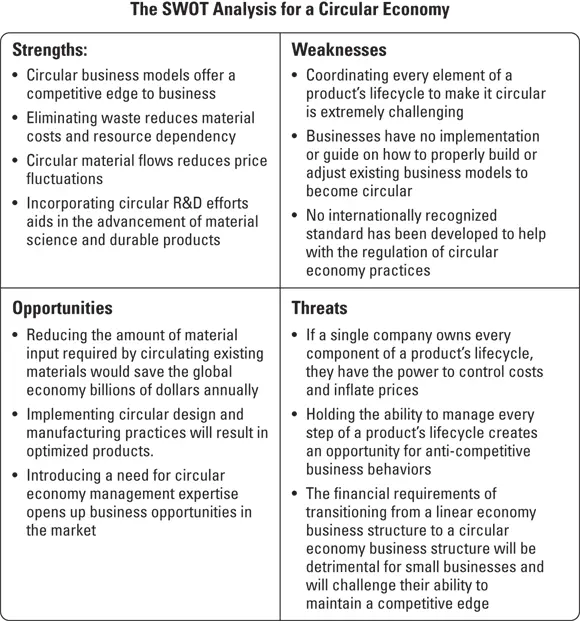
FIGURE 4-2:Strengths, weaknesses, opportunities, and threats.
Читать дальше
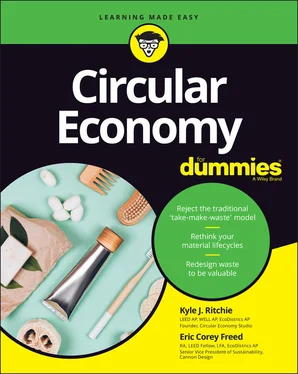
 Within a circular economy framework, products aren’t disposed of at the end of their useful life. Instead, they’re returned to the beginning of the lifecycle to be reclaimed, repaired, refurbished, or reintroduced. Eliminating the need for raw materials means that the cost of that raw material no longer needs to be represented in the sales price. In addition, by maintaining the material within the lifecycle for many generations of products, any cost fluctuations that may occur from the sourcing of raw materials are no longer relevant. So, what if the price of oil spiked overnight? Plastics are recyclable, and the business structure no longer depends on raw materials. Lastly, by instituting a product manufacturing process that prioritizes the development of durable materials, the focus of your research-and-development will follow suit and aid in the generation of new materials that last longer and can easily be reintroduced into the material lifecycle when they reach the end of their life.
Within a circular economy framework, products aren’t disposed of at the end of their useful life. Instead, they’re returned to the beginning of the lifecycle to be reclaimed, repaired, refurbished, or reintroduced. Eliminating the need for raw materials means that the cost of that raw material no longer needs to be represented in the sales price. In addition, by maintaining the material within the lifecycle for many generations of products, any cost fluctuations that may occur from the sourcing of raw materials are no longer relevant. So, what if the price of oil spiked overnight? Plastics are recyclable, and the business structure no longer depends on raw materials. Lastly, by instituting a product manufacturing process that prioritizes the development of durable materials, the focus of your research-and-development will follow suit and aid in the generation of new materials that last longer and can easily be reintroduced into the material lifecycle when they reach the end of their life.

